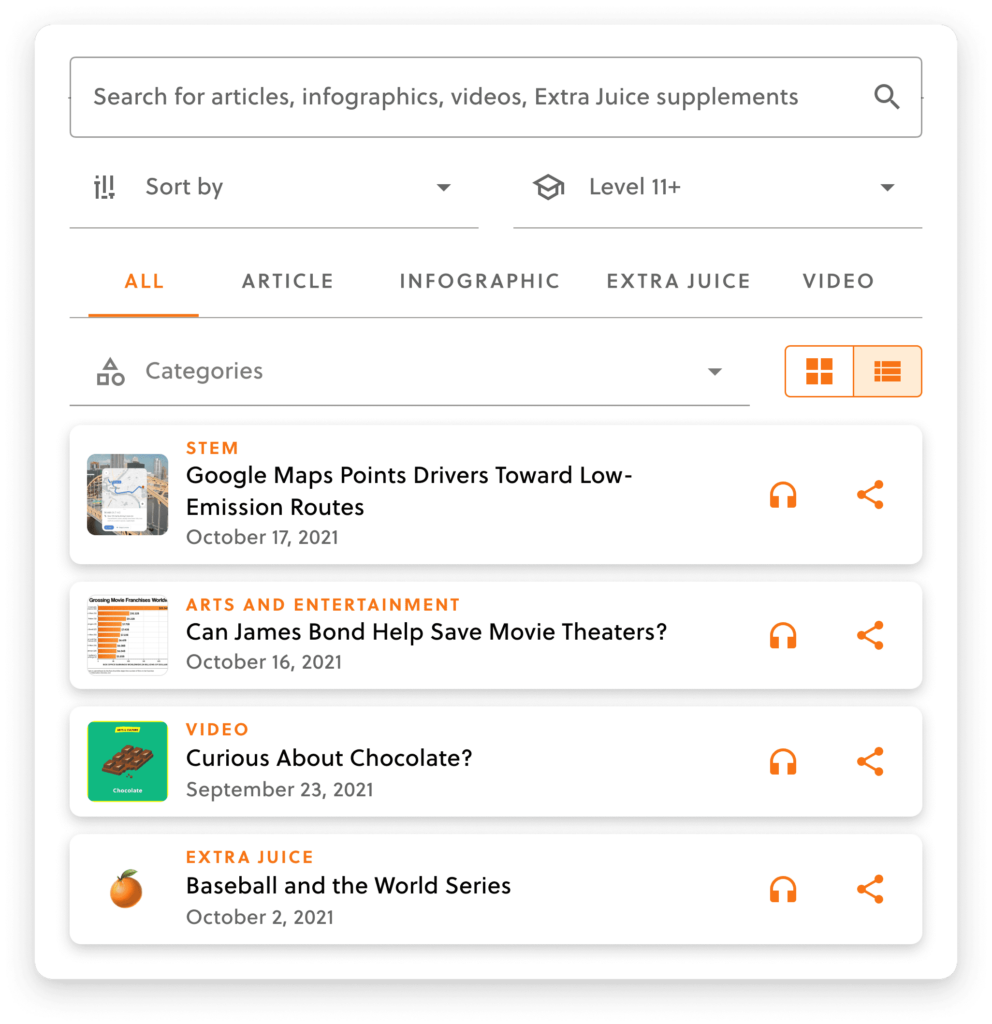The new year often brings a sense of new beginnings and a time to re-establish positive school routines and expectations. For educators, this marks an opportunity to help students set meaningful goals and habits from now until the end of the school year. Setting reading goals not only allows students take ownership of their learning, but also nurtures the development of reading habits, while fostering a love of reading.
Use Student Lifetime Achievements for Goal Setting
With the lifetime achievement badges on their student dashboard, students can see how many articles they have read and questions they have attempted since the beginning of the year. Prompt them to reflect on factors that contributed to their achievements and identify any obstacles preventing them from reaching higher article counts.
Guide students in setting SMART (Specific, Measurable, Achievable, Relevant, Time-Bound) goals accompanied by actionable steps to aid them in achieving their reading targets by the school year’s end.

Set a Collective Classroom Goal
View students’ lifetime achievements on the Class dashboard to determine the total number of articles your class has read since the academic year commenced. Encourage students to collaboratively set a class-wide goal for the cumulative number of articles they aim to read on The Juice for the remainder of the school year.
Facilitate a brainstorming session where students can devise strategies to incorporate reading into their daily routines.
Confer with Students About Their Performance
Regularly engage in one-on-one discussions with students about their performance. Utilize the class tab to delve into individual student data and the progress report to initiate conversations regarding their reading habits. Encourage them to identify areas of strength and those needing more attention. Explore their reading preferences to guide them towards setting achievable goals post-discussion, and maintain periodic follow-ups to track their progress.
Implement Daily Reading Challenges
Introduce daily reading challenges or encourage students to set their own individual goals. These challenges may involve reading the entirety of The Juice’s five articles each day, exploring the Extra Juices, revisiting archived articles based on personal interests, or dedicating a specific duration to reading on The Juice daily.
Encourage Students to Explore Their Interests
Students are more likely to engage in reading when the content aligns with their interests. Instead of requiring students to read all the articles each day, promote agency by encouraging students to explore what interests them. Whether it’s selecting three out of five articles or discovering past articles through the search feature, support students in pursuing their unique interests.

Start Your Class with The Juice
While time within the class schedule might be limited, allocate a few minutes at the start for a bell ringer or ‘do now’ activity involving reading. Initiate the learning process as students enter the classroom by having them read The Juice. Since each of the articles are between 250-270 words, students can read a couple of articles in only a few minutes.
Offer Opportunities for Reflection
Dedicate class time for students to reflect on their reading experiences and learn from each other’s perspectives. Consider assigning weekly reflection tasks where students choose an article to analyze, encouraging written or verbal discussions about why they selected that piece, the lessons learned, or its personal impact.
Setting meaningful reading goals and establishing consistent reading habits not only enhances students’ academic capabilities but can also foster positive reading attitudes.

I have been browsing online more than three hours today yet I never found any interesting article like yours It is pretty worth enough for me In my view if all website owners and bloggers made good content as you did the internet will be a lot more useful than ever before
I have been browsing online more than three hours today yet I never found any interesting article like yours It is pretty worth enough for me In my view if all website owners and bloggers made good content as you did the internet will be a lot more useful than ever before